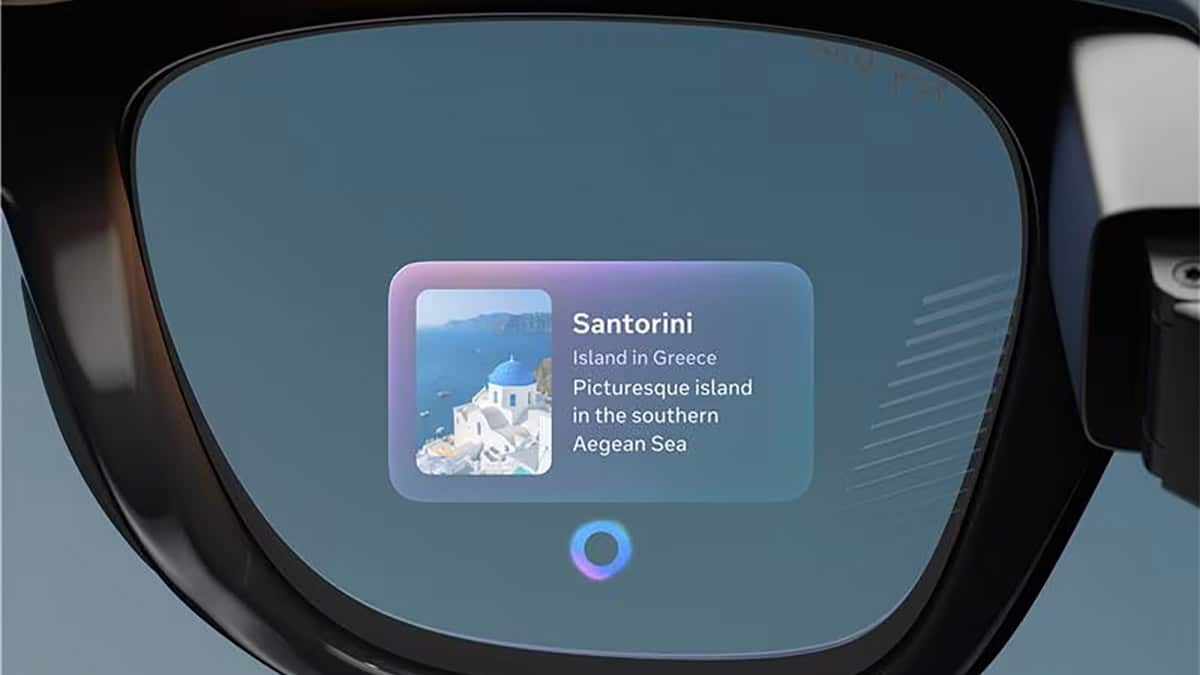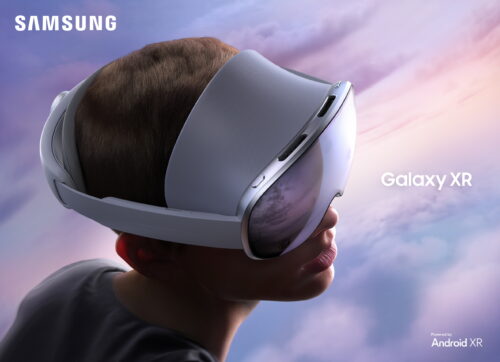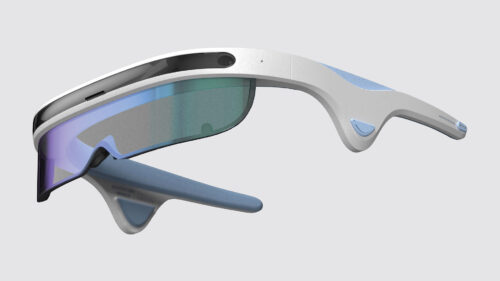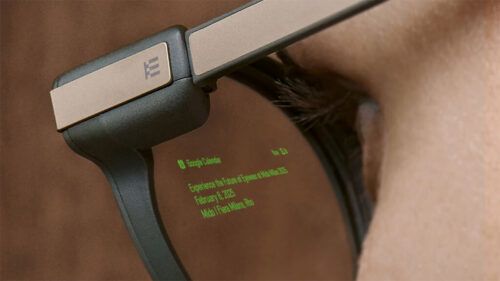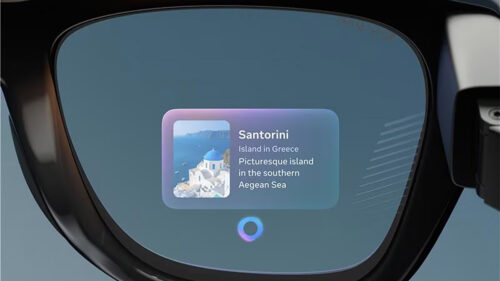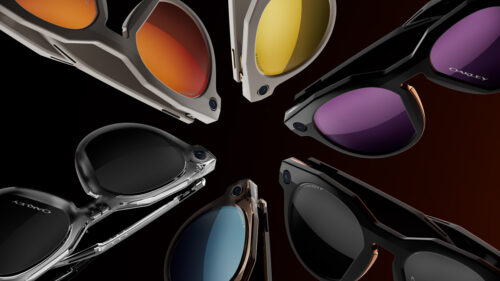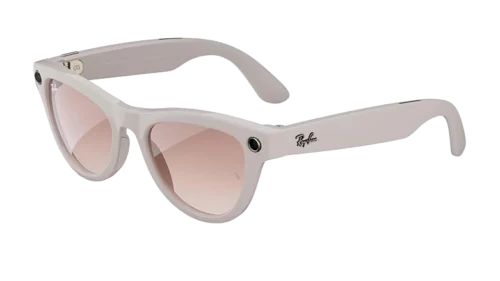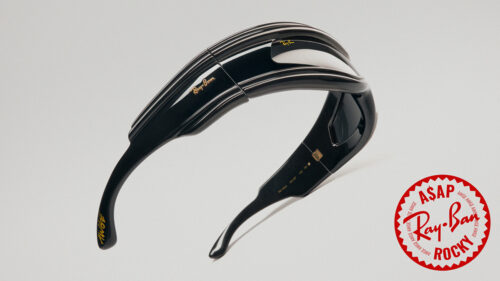The latest smart glasses developed by Meta in partnership with Ray-Ban introduce a MicroLED display within the lens, a 12 MP camera, spatial audio, a voice-enabled AI assistant, and gesture-based control. This advanced wearable merges visual design with ambient computing, positioning eyewear at the heart of future human-machine interfaces.
What exactly do the new Ray-Ban Meta Display glasses offer?
The Ray-Ban Meta Display features a 600×600 px full-color MicroLED screen embedded in the right lens, with a 20° field of view and a refresh rate of up to 90 Hz. Peak brightness hits 5,000 nits for outdoor readability. A wide-angle 12 MP camera captures high-resolution images (3024×4032 px) and video (1440×1920 px @30fps). Spatial audio is delivered via open-ear speakers and a six-mic array (including a nasal contact mic). The glasses include 32 GB of internal storage, Bluetooth 5.3, Wi-Fi 6 connectivity, and IPX4 water resistance.
What designs, finishes, and optical options are available?
The frame is based on the iconic Wayfarer, available in standard and large sizes, weighing approximately 68 to 70 grams. Lens options include clear, sun, polarized, and Transitions® Gen 8 photochromic lenses. Prescription compatibility ranges from –4.00 to +4.00 diopters. Multiple colorways are offered, from classic black to matte blue and olive green.
What is the day-to-day user experience like?
Interaction is handled in three ways: voice commands with “Hey Meta,” touch controls on the frame, or an optional Neural Band wristband that interprets muscle signals (EMG) for gesture-based navigation. The built-in display shows contextual info like navigation prompts, real-time translations, and notifications. Battery life is rated at 6 hours (mixed use), extendable up to 24 hours via the charging case. Field tests suggest actual usage may range from 3–4 hours under heavy operation.
How does Meta AI power the experience?
Meta’s onboard AI responds to voice commands, provides real-time translations (English, French, Spanish, Italian), recognizes objects and text, and overlays answers directly into the display. A future update promises multimodal vision AI, analyzing the user’s visual surroundings in real time to enable true ambient computing via eyewear. The goal is to create a seamless digital assistant that blends into physical reality.
What are the main strengths and limitations?
Strengths: sleek design, highly integrated tech, real-time interaction without a screen, and a step toward heads-up computing. Limitations: narrow field of view (20°), variable battery life, heavier than regular glasses (~70g), and privacy concerns around discreet recording via the embedded camera.
Ray-Ban Meta Display smart glasses, Why does this product matter now?
Because it signals a turning point in wearable design: blending iconic eyewear aesthetics with advanced AI, contextual audio, and visual computing. The Ray-Ban Meta Display is not just a gadget — it marks the rise of human-centered interfaces, with the lens as a display and voice as the new click.
